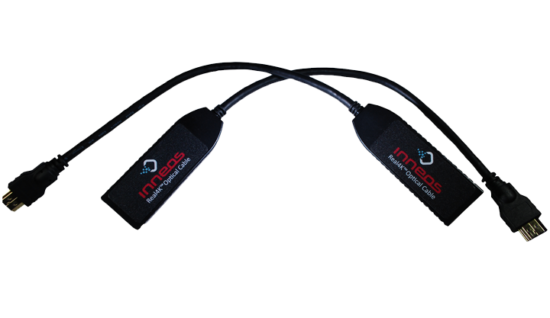Not All 4K Is Real 4K
It pays to read the fine print. Real 4K requires 18Gbps of uncompressed bandwidth to be seen in its full glory. That’s a lot of bits to move. And although there are tricks to reduce the bandwidth, they compromise the 4K experience.
